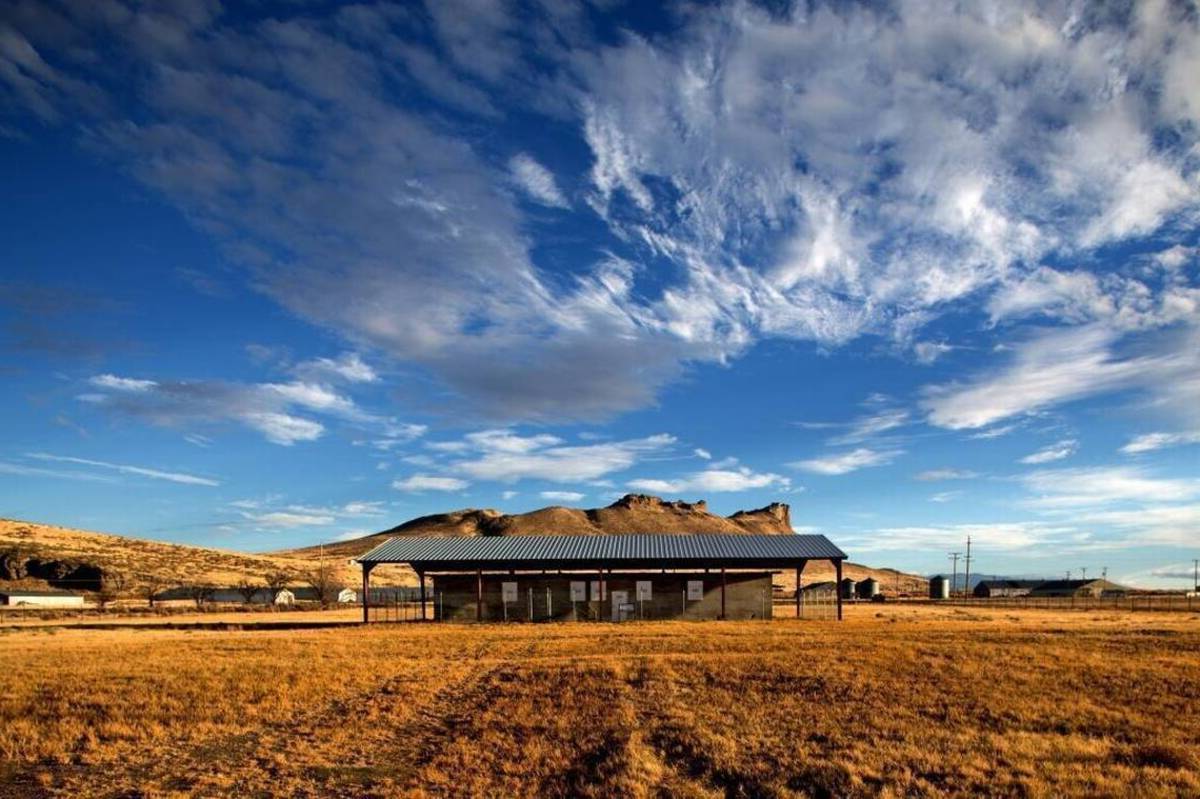Tule Lake National Monument – California’s WWII Hidden History

Have you ever heard of Tule Lake National Monument? This hidden gem in California holds a significant piece of World War II history. During the war, Tule Lake served as a segregation center for Japanese Americans. Over 18,000 people were confined here, making it the largest and most controversial of the ten camps. Today, visitors can explore the remnants of this camp and learn about the resilience and struggles of those who lived there. The monument offers a unique glimpse into a dark chapter of American history, reminding us of the importance of civil liberties and human rights.
Tule Lake National Monument: A Glimpse into WWII History
Tule Lake National Monument in California offers a unique look into a lesser-known chapter of World War II. This site, once a Japanese American internment camp, now serves as a reminder of the past. Here are some must-see spots within the monument.
The Visitor Center
Begin your journey at the Visitor Center. This spot provides essential context and background information about Tule Lake's history.
- Exhibits: Explore displays featuring artifacts, photographs, and personal stories from internees.
- Documentary Film: Watch a short film that gives an overview of the camp's history and significance.
- Information Desk: Staff members can answer questions and provide maps for a self-guided tour.
The Jail
The jail at Tule Lake stands as a stark reminder of the harsh conditions faced by internees. This structure housed those who resisted or were deemed troublemakers.
- Cells: Step inside the small, cramped cells where internees were held.
- Graffiti: Look for messages and drawings left by prisoners on the walls.
- Interpretive Panels: Read about the experiences of those who were imprisoned here.
The Barracks
The barracks offer a glimpse into the daily lives of the internees. These simple wooden buildings housed thousands of people during the war.
- Living Quarters: See the tight living spaces where families lived.
- Recreation Areas: Discover where internees gathered for social activities and events.
- Mess Halls: Learn about the communal dining experience and the challenges of feeding so many people.
The Cemetery
The cemetery at Tule Lake is a somber place, honoring those who passed away during their internment.
- Gravesites: Pay respects at the graves of internees who died while at the camp.
- Memorials: View monuments and plaques dedicated to the memory of those who suffered here.
- Reflection Area: Spend a moment in quiet reflection, considering the impact of this dark chapter in history.
The Tule Lake Segregation Center
The Segregation Center was used to isolate those who were considered disloyal or problematic. This area highlights the extreme measures taken during the war.
- Guard Towers: Observe the watchtowers that once monitored the camp.
- Barbed Wire Fences: Walk along the perimeter to understand the confinement's extent.
- Interpretive Signs: Read about the reasons for segregation and the experiences of those held here.
The Tulelake-Butte Valley Fairgrounds Museum
This museum, located nearby, offers additional context and artifacts related to Tule Lake and the internment experience.
- Historical Displays: Examine more artifacts, documents, and photographs from the internment period.
- Educational Programs: Participate in programs and lectures that delve deeper into the history of Tule Lake.
- Community Stories: Hear from descendants of internees and local residents about the camp's lasting impact.
The Tule Lake Pilgrimage
Every two years, former internees, their families, and supporters gather for the Tule Lake Pilgrimage. This event fosters remembrance and education.
- Workshops: Attend workshops on various aspects of the internment experience.
- Ceremonies: Participate in ceremonies honoring the internees and their resilience.
- Storytelling Sessions: Listen to personal stories from those who lived through this period.
Tule Lake National Monument offers a profound look into a difficult time in American history. Each site within the monument provides valuable insights into the experiences of Japanese Americans during World War II.
Tule Lake's Lasting Impact
Tule Lake National Monument offers a powerful glimpse into a difficult chapter of American history. Visiting this site helps us understand the experiences of Japanese Americans during WWII. The stories of resilience and hardship are deeply moving. Tule Lake isn't just a historical site; it's a reminder of the importance of civil liberties and human rights. Exploring the monument, you’ll find preserved barracks, guard towers, and exhibits that bring history to life. Tule Lake's lessons are relevant today, urging us to reflect on past mistakes and strive for a more just future. If you’re in California, make time to visit this monument. It’s an educational experience that leaves a lasting impression. Tule Lake National Monument stands as a testament to the strength of the human spirit and the enduring need for vigilance in protecting our freedoms.

